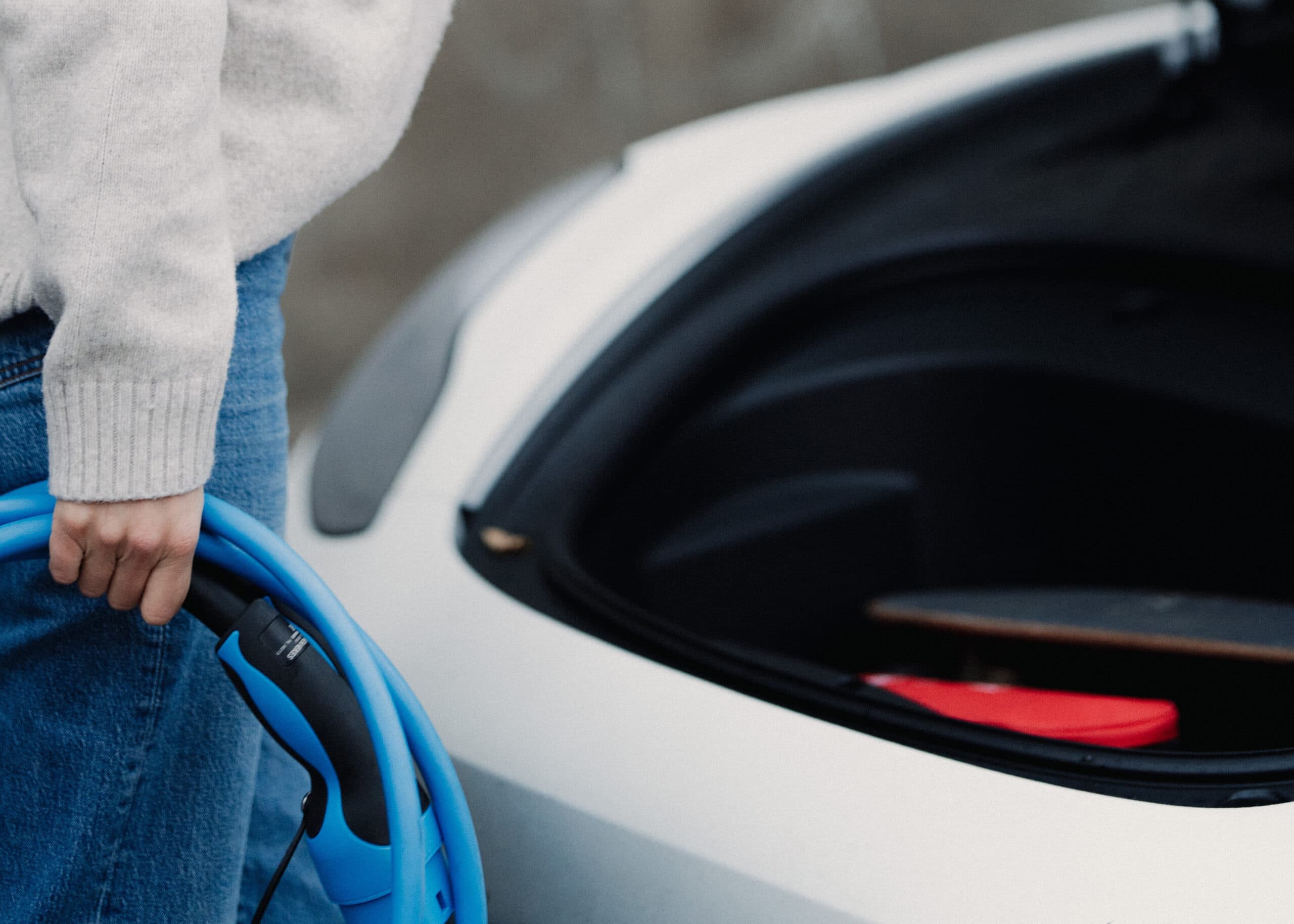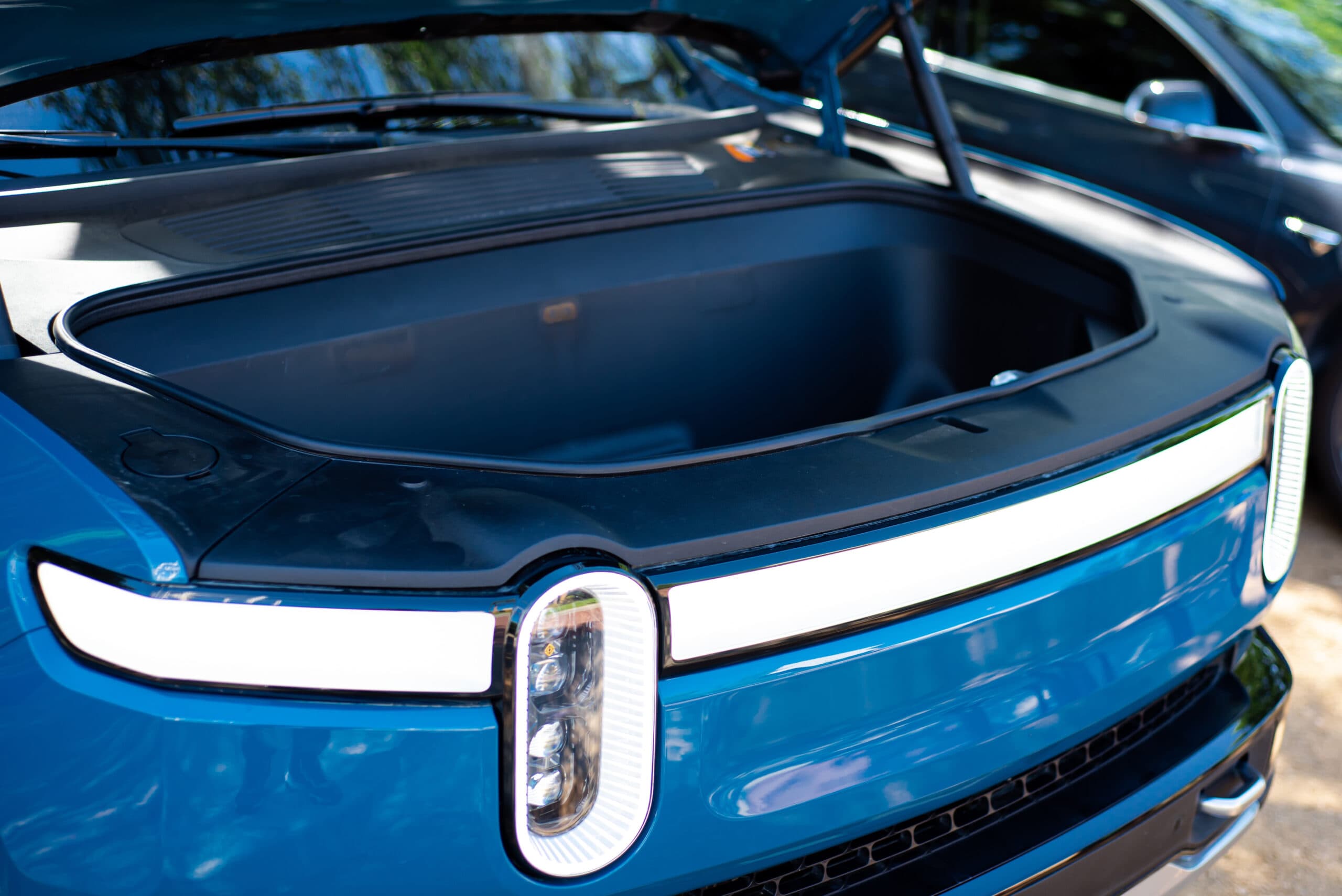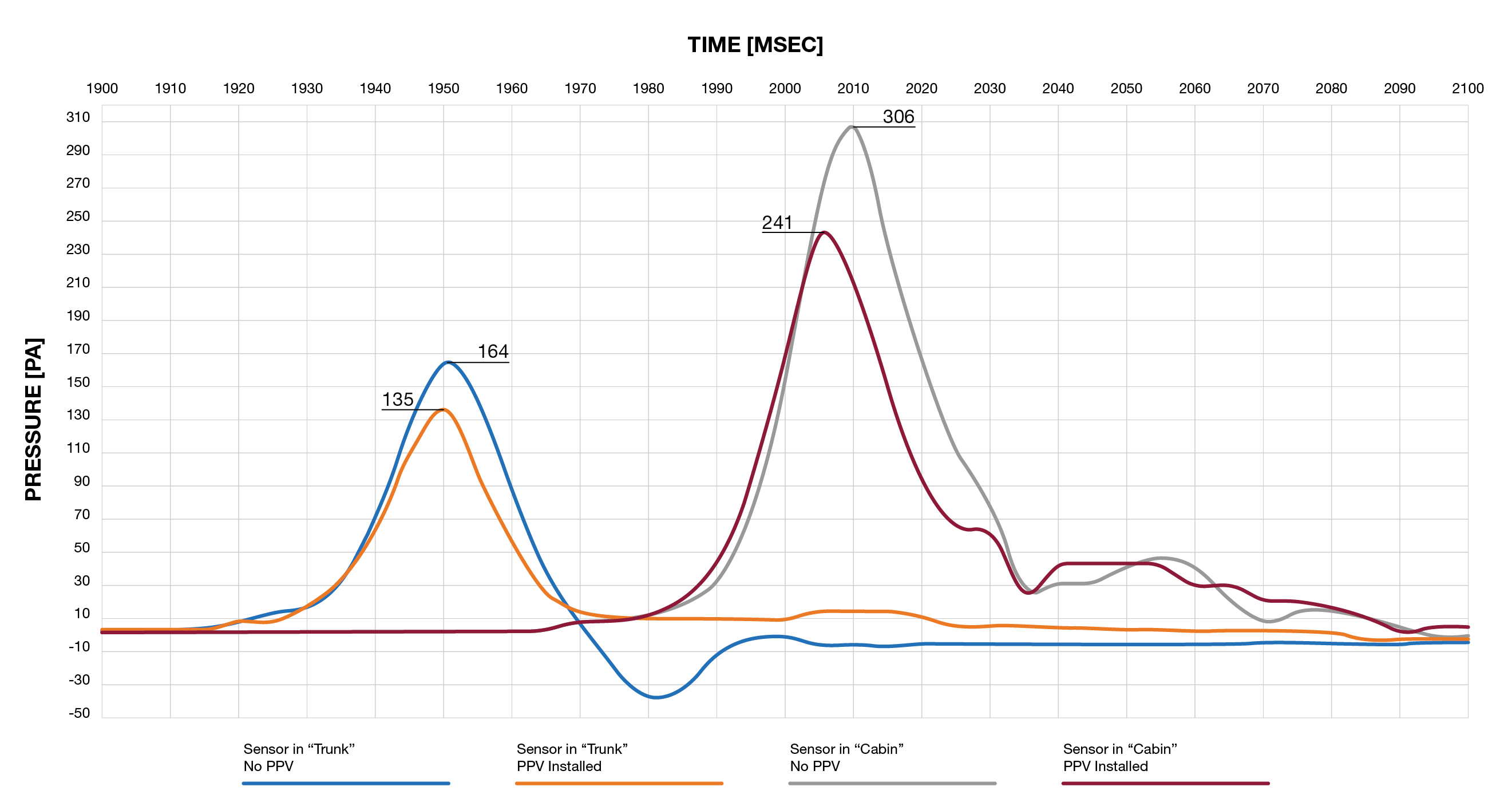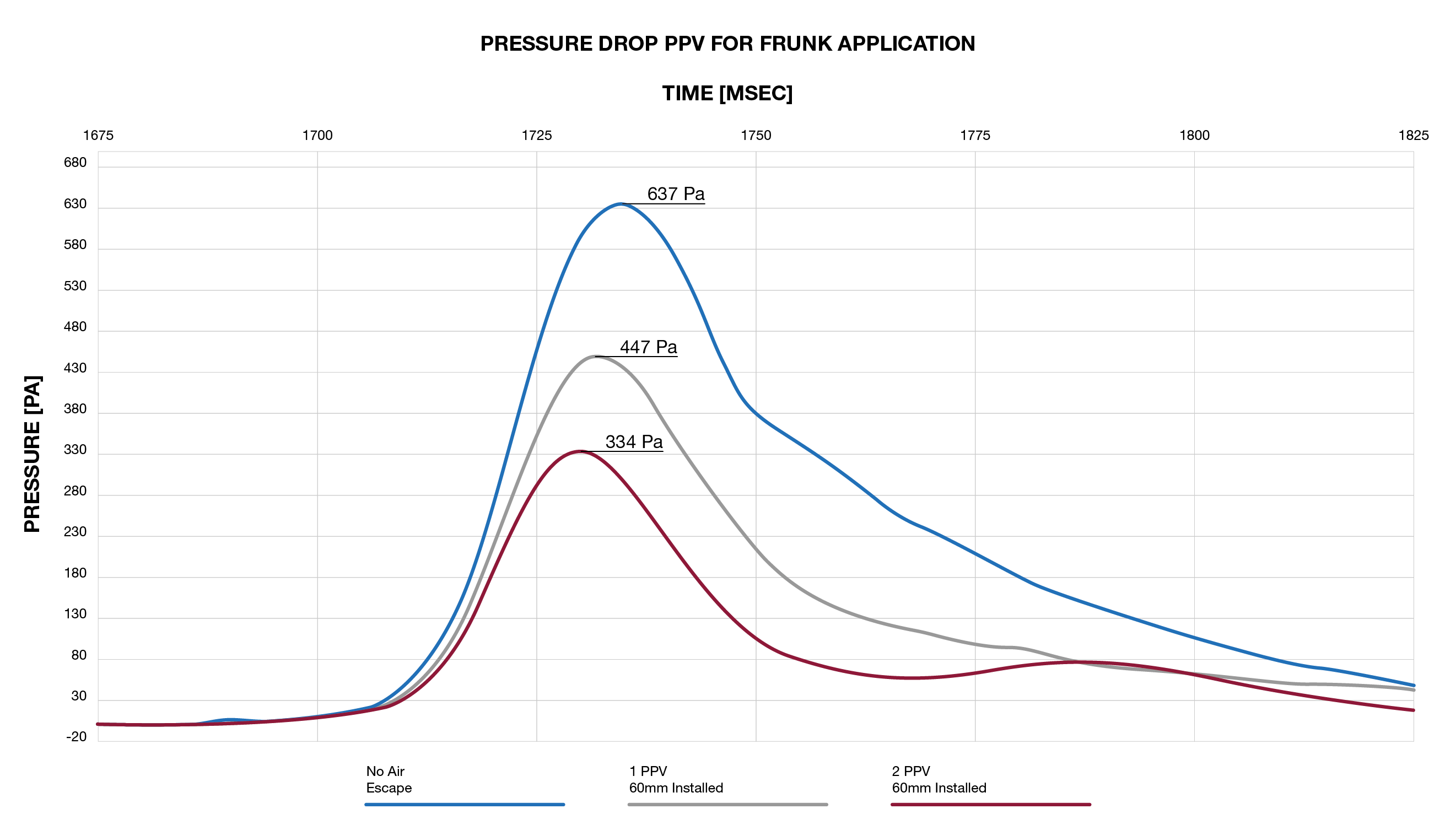
The standards for quality in the automotive industry are constantly evolving. Some quality measures are more visible, like J.D. Power’s Initial Quality Study, while others are more nuanced, like how customers perceive the ease of closing vehicle doors and trunk lids. When passengers need to apply extra force, it can negatively affect their perception and overall experience with the vehicle. Repeated slamming of doors and lids can also lead to premature wear of components. To tackle these issues, ITW Automotive has introduced an innovative solution: the Peak Pressure Valve (PPV).

Learn more about the Peak Pressure Valve here.
Impact of High Pressure in the Cabin
Modern vehicle cabins are designed to be airtight, enhancing insulation and comfort. However, excessive cabin pressure can present notable problems. Passengers may find it difficult to close doors, trunk lids, and especially Electric Vehicle (EV) frunk hoods, which are often tightly sealed without a pressure release route. This pressure differential can lead to user frustration, increased wear on hinges and latches, and potential longer-term damage to the vehicle’s sealing system.

How Pressure Works in the Cabin/Trunk
As doors or hoods are closed, air pressure within the vehicle compartment needs to be managed effectively. Blocked, small, or poorly designed air pathways can cause pressure to build up, making it harder to close these components. This problem is especially noticeable in modern vehicles with advanced sound-deadening materials and tightly sealed compartments. The result is increased effort and strain on both users and vehicle components.
Conventional Means of Relieving Pressure
Traditionally, vehicle manufacturers have relied on air extractors and ventilation channels to manage cabin pressure. Air extractors are meant to release excess pressure gradually, but their efficiency can be limited by their size and placement. Ventilation channels, while helpful, can sometimes be obstructed by sound-deadening materials or impacted by engineering tradeoffs, reducing their efficiency. These conventional methods can struggle to address pressure issues comprehensively, especially in more complex vehicle designs.
How It Works
ITW’s Peak Pressure Valve offers a simple but innovative approach to managing cabin and frunk pressure. This spring-loaded valve can be installed independently of the pressure source. In the cabin, it can decompress pressure before it exits through the traditional air extractor. The integration of PPVs allows for smaller air extractors, optimizing space and enabling more flexible design choices.
In the frunk or trunk, where sealing is often more complete, the Peak Pressure Valve creates an outlet to effectively reduce pressure differential, making it easier to close hoods.


The Peak Pressure Valve addresses several key issues for both vehicle manufacturers and their customers. By reducing the effort required to close doors and frunk hoods, it enhances overall quality perception, improves user convenience, and reduces strain on components.
ITW’s Peak Pressure Valve presents a simple and elegant solution to managing cabin, trunk, and frunk pressure. By addressing the challenges associated with high closing efforts, the PPV delivers tangible benefits in terms of quality, ease of use, space optimization, and passenger comfort. As automotive technology continues to evolve, ITW remains dedicated to providing innovative solutions that enhance both vehicle performance and owner satisfaction for our customers. For more information about the PPV or to talk to one of our airflow experts, click here.